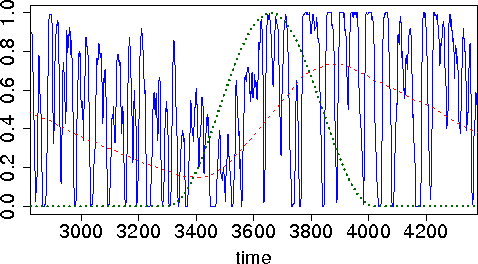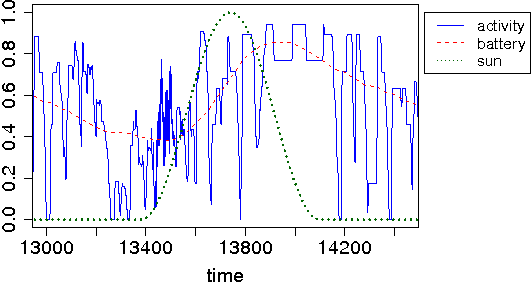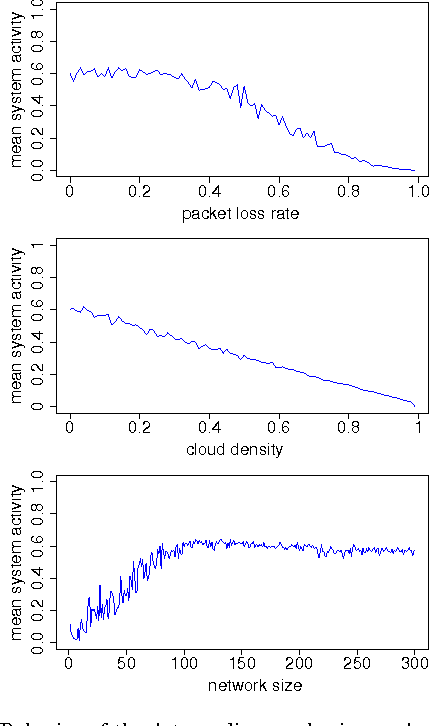Tobias Baumgartner
Monocular 3D Human Pose Estimation for Sports Broadcasts using Partial Sports Field Registration
Apr 10, 2023Abstract:The filming of sporting events projects and flattens the movement of athletes in the world onto a 2D broadcast image. The pixel locations of joints in these images can be detected with high validity. Recovering the actual 3D movement of the limbs (kinematics) of the athletes requires lifting these 2D pixel locations back into a third dimension, implying a certain scene geometry. The well-known line markings of sports fields allow for the calibration of the camera and for determining the actual geometry of the scene. Close-up shots of athletes are required to extract detailed kinematics, which in turn obfuscates the pertinent field markers for camera calibration. We suggest partial sports field registration, which determines a set of scene-consistent camera calibrations up to a single degree of freedom. Through joint optimization of 3D pose estimation and camera calibration, we demonstrate the successful extraction of 3D running kinematics on a 400m track. In this work, we combine advances in 2D human pose estimation and camera calibration via partial sports field registration to demonstrate an avenue for collecting valid large-scale kinematic datasets. We generate a synthetic dataset of more than 10k images in Unreal Engine 5 with different viewpoints, running styles, and body types, to show the limitations of existing monocular 3D HPE methods. Synthetic data and code are available at https://github.com/tobibaum/PartialSportsFieldReg_3DHPE.
A Protocol for Self-Synchronized Duty-Cycling in Sensor Networks: Generic Implementation in Wiselib
Oct 21, 2010



Abstract:In this work we present a protocol for self-synchronized duty-cycling in wireless sensor networks with energy harvesting capabilities. The protocol is implemented in Wiselib, a library of generic algorithms for sensor networks. Simulations are conducted with the sensor network simulator Shawn. They are based on the specifications of real hardware known as iSense sensor nodes. The experimental results show that the proposed mechanism is able to adapt to changing energy availabilities. Moreover, it is shown that the system is very robust against packet loss.
 Add to Chrome
Add to Chrome Add to Firefox
Add to Firefox Add to Edge
Add to Edge